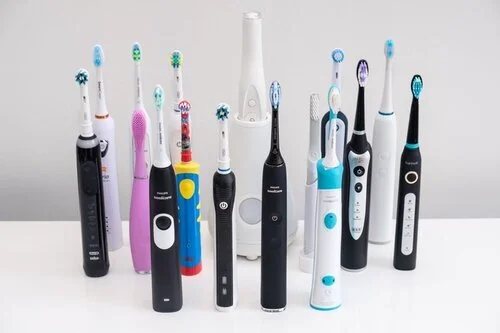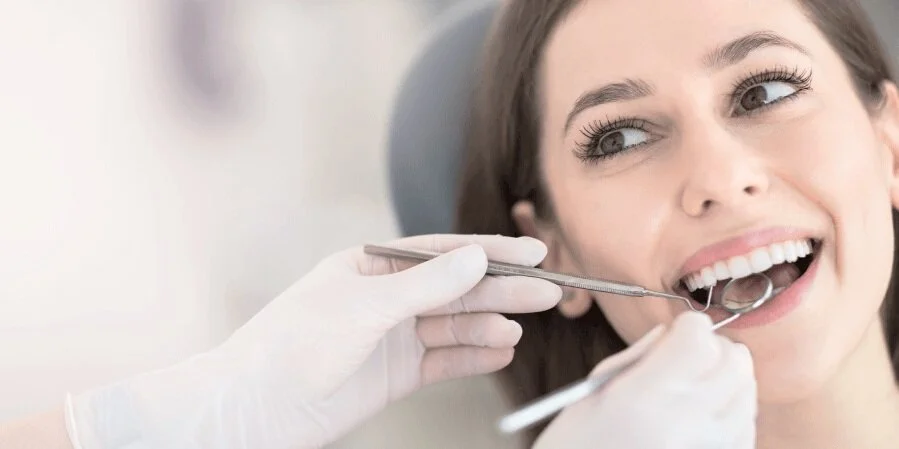One of the big divides when it comes to oral care is this: should you use an electric or a manual toothbrush? Which one is better for your teeth and gums, and which one is really more convenient? The answer to these questions may not be what you expect.
From The Experts
The ADA (American Dental Association) says unless you have trouble using your hands, a manual toothbrush is just as effective as an electric.
Consumer Reports dental adviser Jay W. Friedman, D.D.S., M.P.H. says, “it really doesn’t matter which brush you use.” Just don’t get carried away. “Excessive brushing with manual or electric has its risks,” Friedman says. “Too much pressure and too frequent brushing can abrade enamel, or the root if the gum has receded.” This abrasion, he says, can cause teeth to become hypersensitive to hot and/or cold.
So Why All The Hype?
First and foremost, electric toothbrushes are cool (and heavily marketed that way). We agree that an electric toothbrush can be easier to use than a manual one for those with arthritis or a dexterity problem that makes thorough brushing difficult. Between the wide handle and the motor, an electric toothbrush is particularly helpful for people with limited mobility in their hands.
Effectiveness
With a manual toothbrush or an electric toothbrush, the technique is much more important than design. If you can get your brush into all the gaps between your teeth and if you brush correctly - at a 45 degree angle and with the right pressure (150 grams) for around two minutes, then there’s virtually no difference between the two. Studies have shown, time and again that electric and manual toothbrushes are equally effective.
According to Consumer Reports dental adviser Jay W. Friedman, D.D.S., M.P.H., “it really doesn’t matter which brush you use.” And in terms of plaque, “we really don’t know that it matters if a little more or less plaque is removed,” he says.
Overbrushing Risk
When using either a manual or an electric brush, it’s easy to overbrush and cause damage to enamel and gums. And the extra energy an electric toothbrush delivers can may make matters worse. An electric toothbrush can be perfectly safe if you use it correctly, but many people have trouble doing so.
The Bottom Line
While electric toothbrushes are “cool” and have been heavily marketed as superior, the truth is that manual toothbrushes are cheaper, travel better, and are just as effective. Unless you have trouble using your hands, there’s no difference in effectiveness according to the independent experts.
The real risk regardless of what type of toothbrush you choose are the dangers of aggressive brushing on enamel and gums. ZentFlex is the only toothbrush with a patented click-joint that snaps back when you apply too much pressure (more than 150 grams), so you’ll always know when you’re brushing right and when you need to back off.




